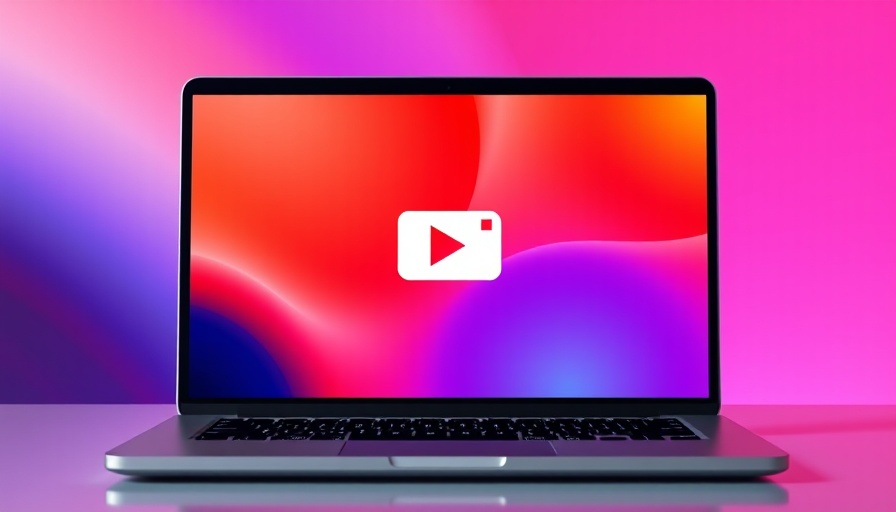
Boost Your Presentations: How to Seamlessly Embed Videos in PowerPoint for Busy Digital Nomads
In a world where attention spans are shrinking, keeping your audience engaged during a presentation is more challenging than ever. As digital nomads and remote workers, you're not just competing with the content of your presentation; you're competing against text-heavy slides that can diametrically undermine your message. Want to ensure your points resonate? Adding videos to your PowerPoint is both straightforward and impactful. Here’s how to do it effectively.
Why Video Embeds Elevate Presentations
Incorporating video into your presentations isn't just about adding a flashy element. Videos can enrich the narrative, help illustrate critical points, and elicit emotional responses, thereby enhancing memorability. For example, a 30-second clip can replace several text-heavy slides, allowing you to convey complex ideas succinctly and dynamically. Especially when you're working remotely or presenting to diverse audiences, videos speak universal languages—making your content accessible to everyone.
Simple Steps to Add Videos from Your PC
If you have a compelling video saved on your device, embedding it directly into your PowerPoint presentation is easy. Here’s how: 1. Open your PowerPoint and navigate to the desired slide. 2. Go to the Insert tab. 3. Find the Media section and select Video > This Device. 4. Locate your video file and decide whether to insert (embed) the video directly or link to it.
By embedding, your presentation file will increase, but the advantage is that the video plays seamlessly, regardless of where you present it. Linking keeps your PowerPoint lightweight but requires ensuring the video remains in its designated location during your presentation.
Using Online Videos: A Game Changer for Presentations
Embedding videos from platforms like YouTube or Vimeo adds another layer to your presentation repertoire, especially when you need fresh, relevant content. With modern PowerPoint versions, it’s a breeze! Simply select the slide, go to the Insert tab, choose Video > Online Video, and paste the video URL. This method guarantees that your presentation stays up-to-date with trending topics without the hassle of downloading.
Be mindful: since these videos stream directly, accessing the internet is a must. This could be a potential hiccup if you’re in a location with unstable connectivity.
Exploring Stock Videos to Enrich Your Content
Don't have the perfect video? Microsoft 365’s content library is a treasure trove of high-quality royalty-free videos. Here’s how: 1. Open PowerPoint and head to the Insert tab. 2. Click on Video > Stock Video. 3. Browse through an array of stock options and simply select one that complements your presentation.
This approach not only saves you time but also brings a professional polish to your slides—whether you need an eye-catching background video or a contextual short clip.
Tips for Enhanced Video Embedding
To make the most of your video embeds, consider the following tips: - Ensure videos are concise; ideally, they should last no more than 2 minutes to keep the audience’s interest. - Use captions where necessary to enhance comprehension, especially in diverse language groups. - Test your videos beforehand to ensure proper playback and functionality in the venue you're presenting.
Conclusion: Elevate Your Presentation Skills
In the dynamic world of remote work, engaging your audience is paramount. Embedding videos in PowerPoint can transform mundane presentations into captivating discussions. By using these practical tips, you can ensure that your presentations not only stand out but resonate with your audience. Embrace video embeds today, and watch your presentations spring to life!
 Add Row
Add Row  Add
Add 




Write A Comment